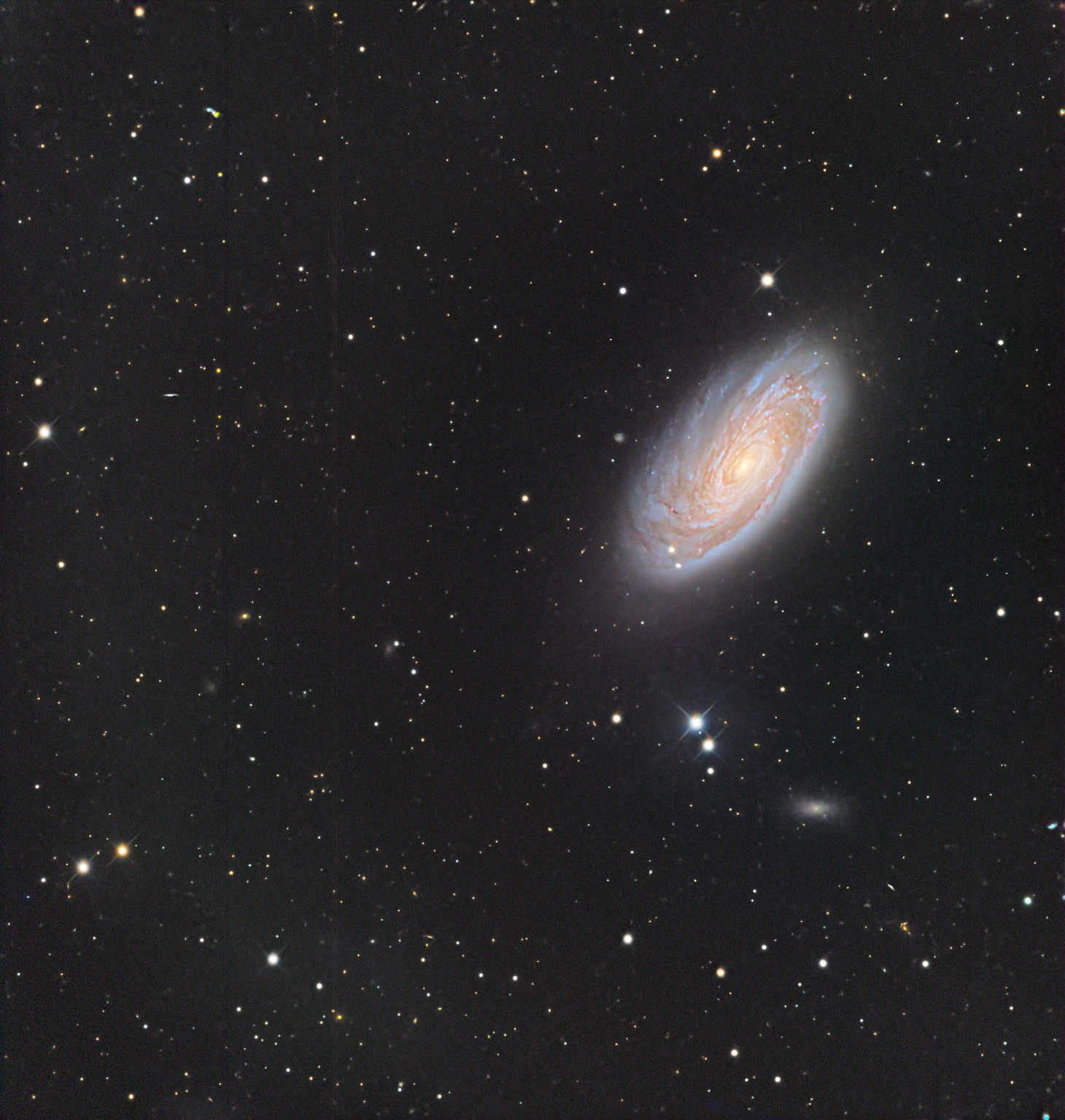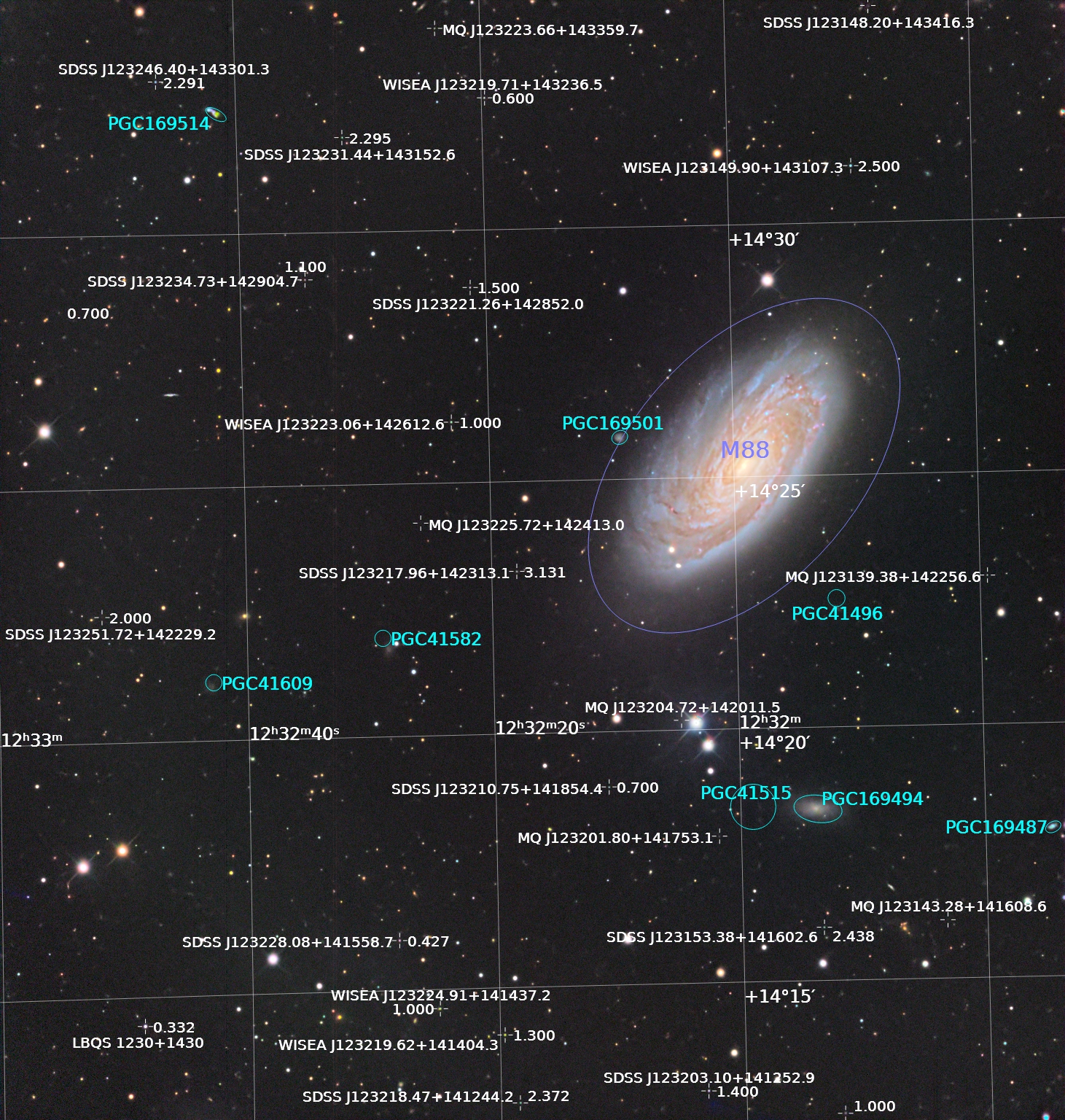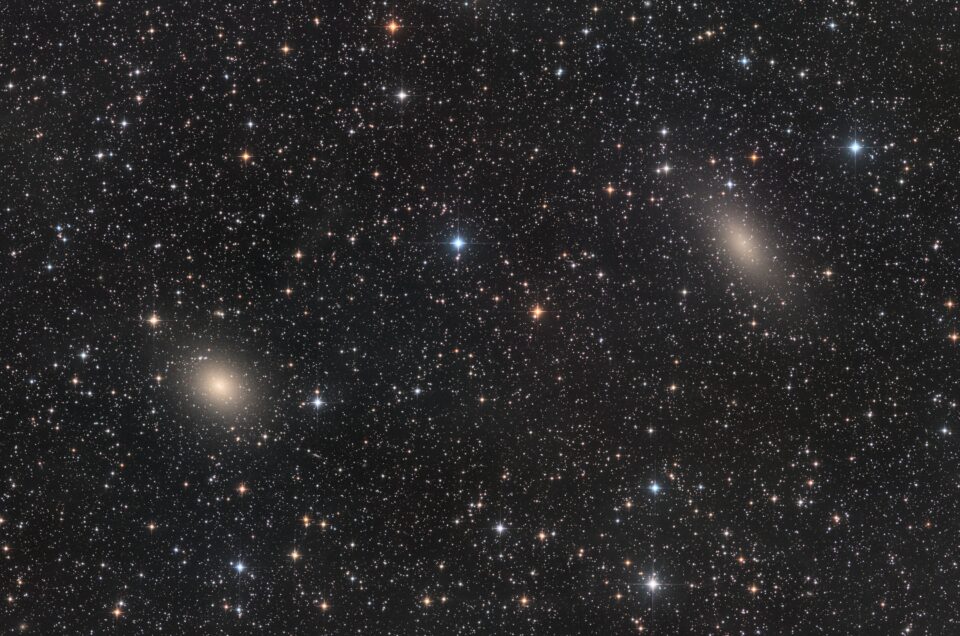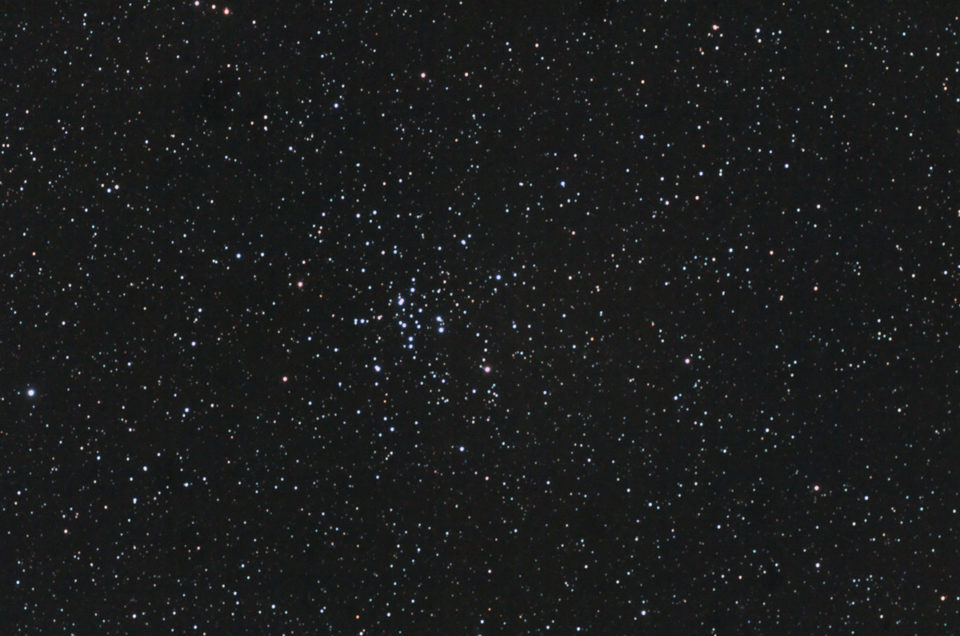Messier 88 (NGC 4501) from remote
In 2021 I received a high-quality dataset of Messier 88 from Telescope Live, taken with their large 700 mm telescope in Spain. This impressive instrument, combined with excellent seeing conditions, makes it possible to resolve the fine structure of this beautiful galaxy far better than what is typically achievable with amateur-grade equipment. The deep integration time and the stable tracking of the professional-class mount allow a clean separation of M88’s dust lanes, star-forming regions, and the smooth older stellar population in its bulge. Processing of the data followed my usual workflow: calibration, registration, and integration in PixInsight, followed by careful nonlinear stretching and contrast refinement.
Messier 88 (NGC 4501) is one of the major spiral galaxies in the Virgo Cluster, located roughly 47 million light-years away. It is classified as an SA(rs)b galaxy, showing a tightly wound spiral structure with a prominent central bulge. M88 is considered one of the best examples of a classic early-type spiral in the cluster.
As a Virgo Cluster member, M88 is strongly influenced by its dense environment. Observations show clear signs of ram-pressure stripping, where the galaxy loses gas as it moves through the hot intracluster medium. This process affects its ability to form new stars and shapes the structure of its interstellar medium. Despite this environmental pressure, the inner spiral arms remain rich in H II regions, indicating ongoing star formation—particularly in the central disk.
Messier 88 also hosts a low-luminosity active galactic nucleus (AGN) powered by a supermassive black hole. Spectroscopic studies reveal narrow emission lines characteristic of a Seyfert-2–like nucleus, suggesting mild but continuous nuclear activity. Its dynamics, including strong rotational motions, have made M88 an important object for studying the mass distribution of spiral galaxies and the influence of cluster membership on galactic evolution.
With its location deep within the Virgo Cluster, M88 offers a vivid look into how galaxies interact with their large-scale environment. The deep Telescope Live data reveals many of these subtleties—faint tidal structures, outer halo asymmetries, and the delicate interplay between dust lanes and young stellar regions—making this dataset particularly rewarding to process.
The data calibration, registration, and final image processing were all performed in PixInsight.


There are several quasars visible in the image. The most distant one is
SDSS J123217.96+142313.1, with a redshift of z = 3.131.
The faintest star detectable in the field has an apparent magnitude of approximately 22 mag.
The images were taken with the following equipment:
- Date: 2021
- Location: IC Astronomy Observatory, Spain
- Telescope/Lens: Officina Stellare Pro RC700
- Focal length [mm]: 5600
- Focal ratio: 8
- Mount: Equatorial fork mount
- Camera: FLI PL 16803
- Filter: L:R:G:B
- Exposure time [min]: 55:45:40:50
- Resolution: 0.66″/px




Leave a reply